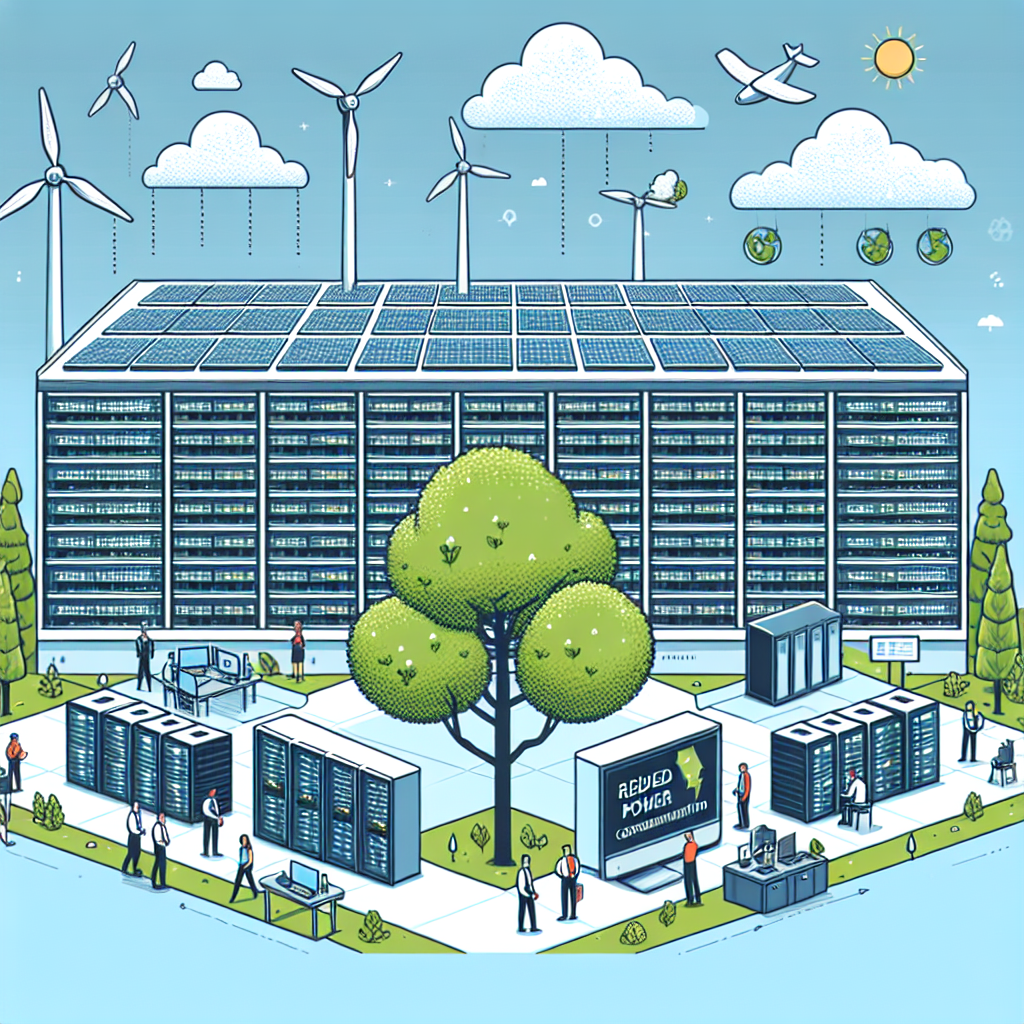In today’s digital age, data centers play a crucial role in storing and processing the vast amounts of data that power our modern world. However, the energy consumption of data centers is a growing concern, with some estimates suggesting that they account for as much as 3% of global electricity usage. As a result, building a sustainable data center has become a top priority for many organizations looking to reduce their environmental impact and lower operating costs.
One of the key strategies for enhancing energy efficiency in a data center is optimizing the cooling system. Data centers generate a significant amount of heat, which must be efficiently removed to prevent overheating and ensure the equipment operates at peak performance. By implementing advanced cooling technologies such as hot aisle containment, cold aisle containment, and in-row cooling, data center operators can reduce their energy consumption and lower their carbon footprint.
Another important strategy for enhancing energy efficiency in a data center is virtualization. Virtualization allows multiple virtual servers to run on a single physical server, reducing the overall number of servers required and the energy needed to power and cool them. By consolidating workloads and optimizing server utilization, organizations can significantly reduce their energy consumption and operating costs.
In addition to optimizing cooling systems and virtualizing servers, organizations can also improve energy efficiency in their data centers by using energy-efficient hardware, implementing power management strategies, and leveraging renewable energy sources. By investing in energy-efficient equipment, such as servers, storage devices, and networking equipment, organizations can reduce their energy consumption and lower their carbon footprint. Power management strategies, such as turning off unused equipment and implementing dynamic power management, can further reduce energy waste and improve efficiency.
Furthermore, organizations can also consider powering their data centers with renewable energy sources, such as solar, wind, or hydroelectric power. By generating their own clean energy on-site or purchasing renewable energy credits, organizations can reduce their reliance on fossil fuels and lower their environmental impact.
Building a sustainable data center is not only beneficial for the environment but also for the bottom line. By implementing strategies to enhance energy efficiency, organizations can reduce their operating costs, increase their competitive advantage, and demonstrate their commitment to sustainability. With the growing demand for data centers worldwide, building sustainable data centers has never been more important. By taking proactive steps to optimize cooling systems, virtualize servers, and leverage renewable energy sources, organizations can build data centers that are not only efficient and reliable but also environmentally friendly.


Leave a Reply